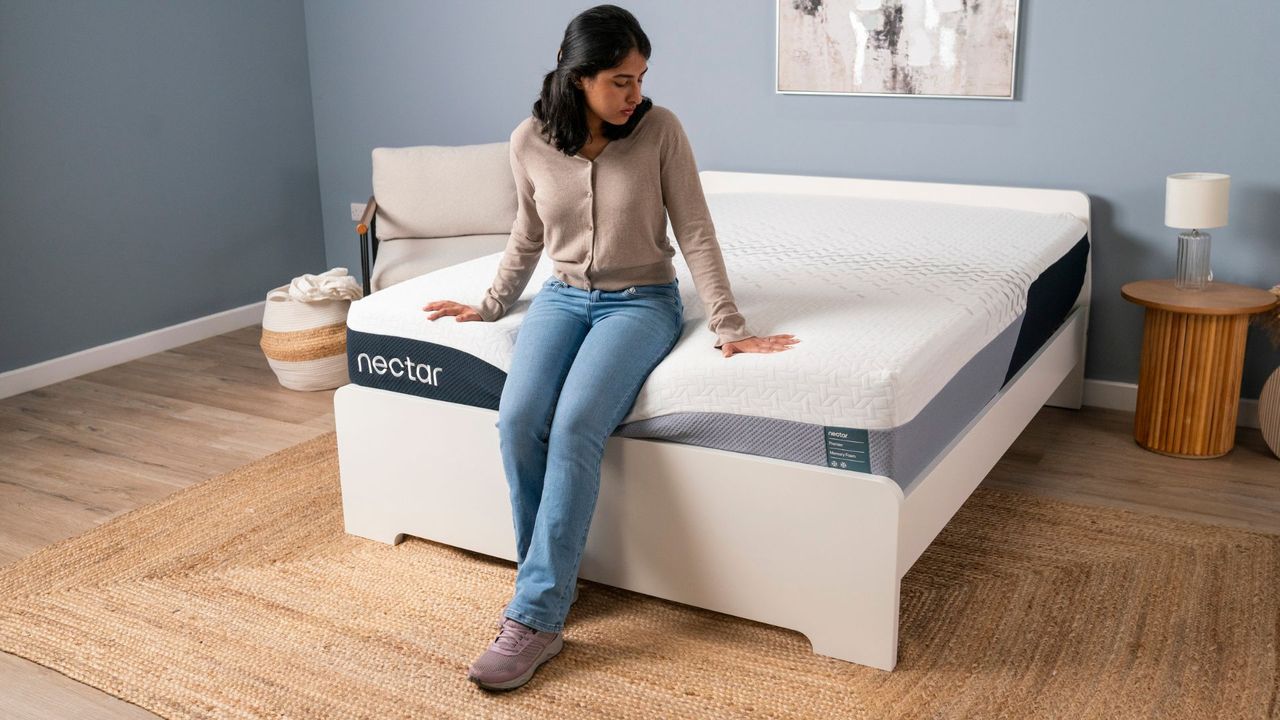
As the weather cools down, Black Friday mattress deals are heating up. Now is the perfect time to check whether your memory foam bed is still pulling its weight.
While the best memory foam mattresses often outlive their hybrid and innerspring counterparts thanks to their simple designs made with fewer materials that can wear down, cheaper foams can start sagging or lose support much sooner.
We’ve ranked many memory foam beds in our official best mattress of 2025 guide highly for their great pressure relief, which reduces morning aches, but even the best models don’t last forever.
If your bed feels uneven, lacks support or leaves you waking up sore and restless, it might be time to upgrade. Let’s break down how often to replace your memory foam mattress and how to choose the right bed for you in the mattress sales.
How long do memory foam mattresses last?
The average memory foam mattress will likely get you 8-10 years of solid sleep, but this depends on the quality of materials, density and how well it’s cared for.
Premium models made with high-density foams hold their shape and support longer, while cheaper, low-density foams are prone to sagging within 5-7 years.
Rotating your mattress every six months, using a high-quality mattress protector and investing in a supportive base can help your mattress last much longer.

5 key signs you should replace your memory foam mattress
1. Your foam mattress is over 10 years old
Most memory foam mattresses come with a 10-year warranty for a reason. The maximum lifespan of a memory foam bed is 10 years, and the memory foam bed should be replaced as soon as it hits this mark.
It's also important to remember that, while memory foam beds can last for a decade, some all-foam beds can have a shorter lifespan depending on build, design or quality.
So, if you see any of the other four signs on this list, you may need to replace your mattress before its 10th birthday.
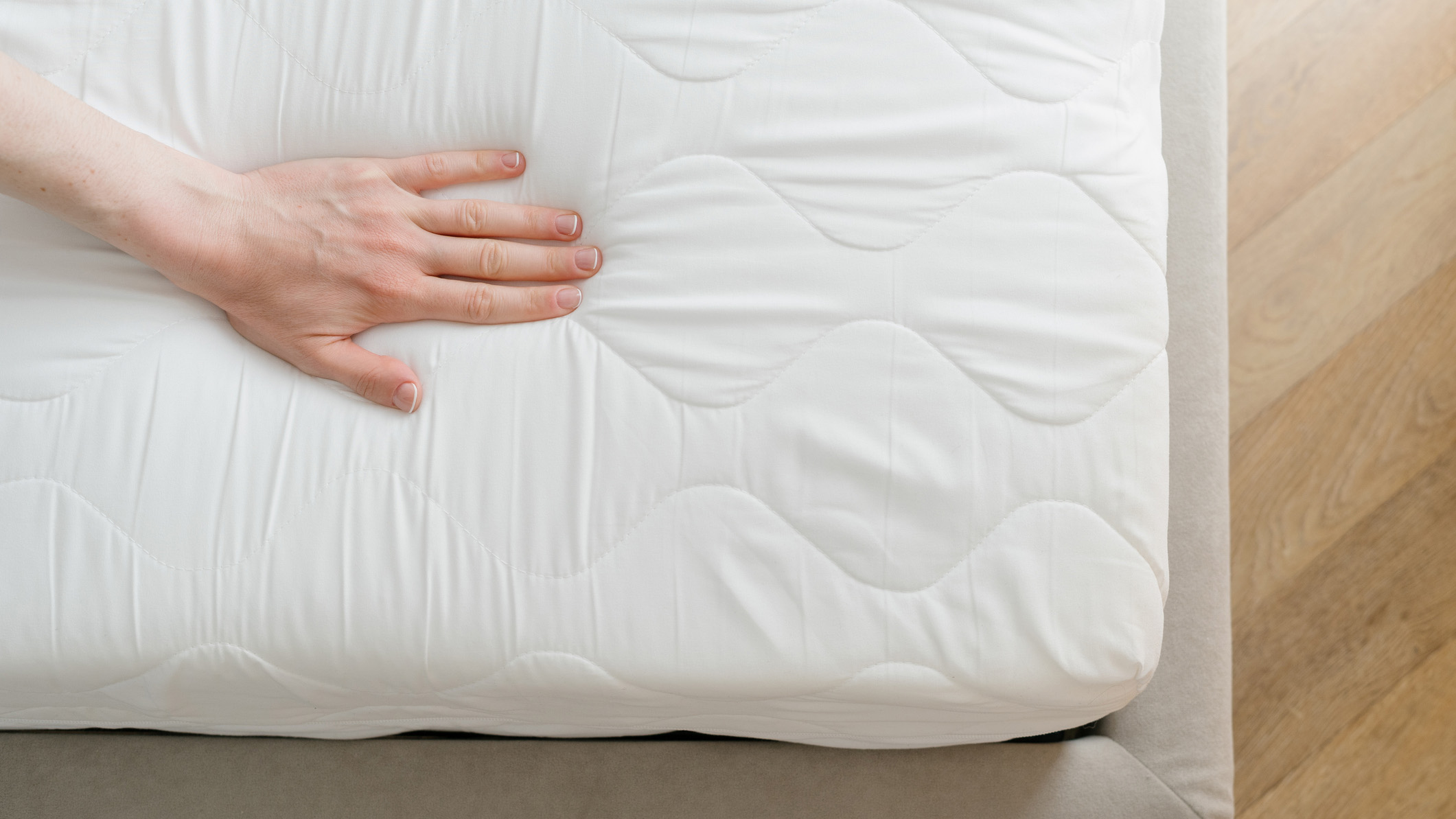
2. It's no longer keeping you cool
While memory foam does have a tendency to trap heat, some all-foam mattresses contain temperature regulation materials to keep you cool and dissipate body heat. These include infusions of cooling gel, copper, graphite or green tea. You'll often find these in this year's best cooling mattresses.
If your memory foam bed never caused night sweats or overheating up until now, then it could be a sign that the temperature control is deteriorating.
Plus, if you live in a warm climate and your mattress is constantly exposed to high temperatures and UV sunlight, this can cause the cooling performance to decline quicker.

3. You're waking up with aches and pains
If your memory foam mattress is starting to sag thanks to prolonged use, expose to high temperatures, or an unsupportive bed frame, the surface will become uneven and will no longer provide enough support and comfort.
In fact, a sagging memory foam mattress won't provide enough cushioning pressure relief for side sleepers, leading to joint pain in the shoulders and hips.
Likewise, a sagging memory foam bed won't support back sleepers and stomach sleepers' hips. When the hip region isn't supported in these sleep positions, the spine will become misaligned and can lead to lower back pain.
4. There's extensive sagging

Even the best hybrid mattresses are prone to sagging due to their use of coils or springs that can wear out easily and cause creaking and premature sagging. While memory foam beds don't use springs so don't deteriorate as quickly, it doesn't mean they are immune to premature sagging.
If you haven't been rotating (not flipping) your memory foam mattress every three to six months to spread out wear and tear, then it will start to sag and dip over time. Also, if your bed frame has slats that are widely placed apart, the foam will spill through and expedite the sagging.
5. It's covered in stains and rips
If your mattress has been exposed to everyday life — from sharp objects to food spills — this can lead to rips and stains (especially if you haven't been using using a mattress protector).
Even sweat and natural body oils can build up and lead to yellowing and foam deterioration, and rips and stains can quickly become a breeding ground for bacteria.
So, if you've noticed your mattress has become discoloured or torn (or you're skin has become irritated from the unclean surface), then it's time you get a new memory foam bed (plus a good mattress protector).
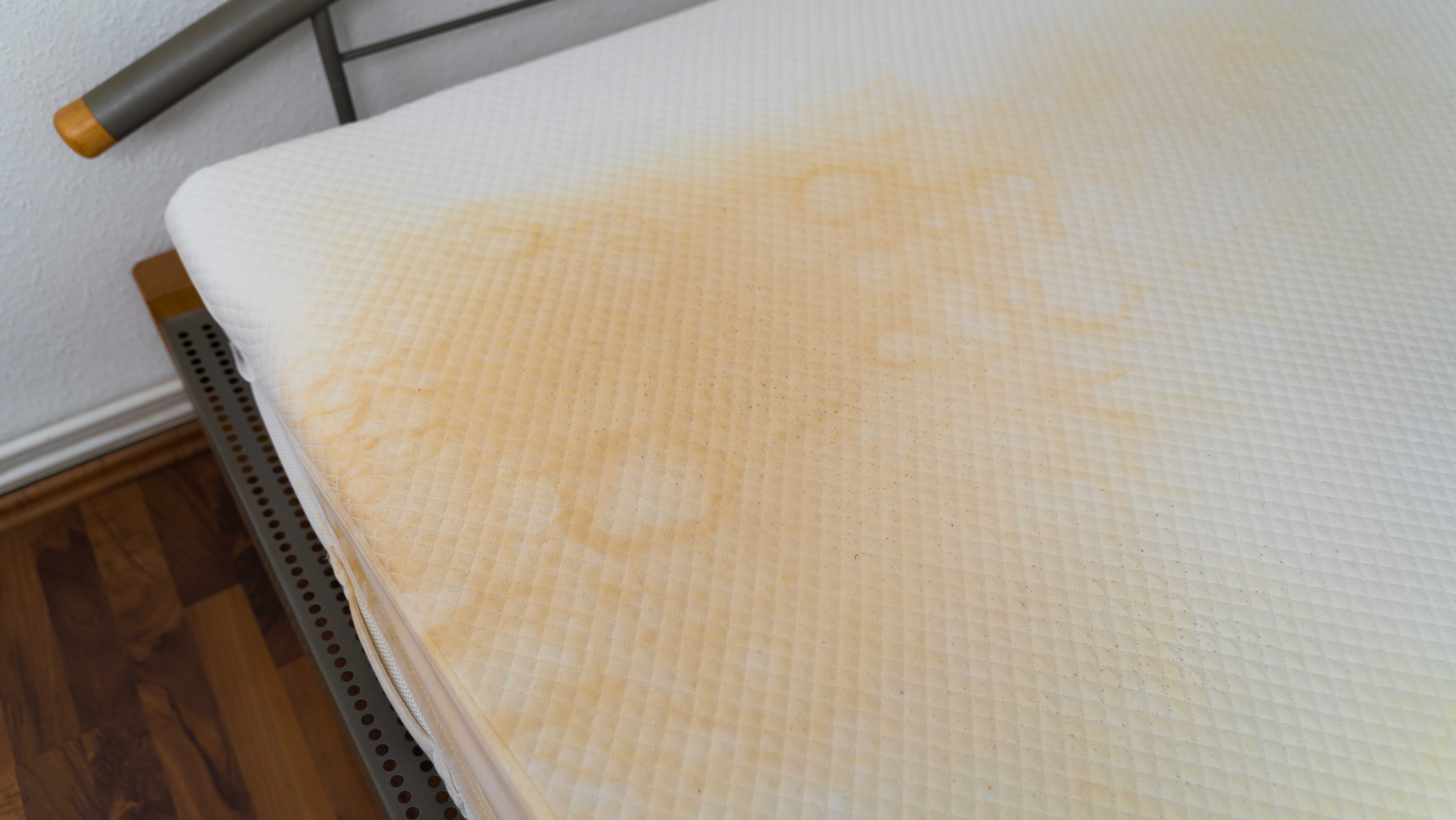
How to choose the right memory foam mattress for you
The key to a good night’s sleep is to choose a memory foam mattress that meets your unique sleep needs. Finding the right memory foam mattress can make all the difference between restless nights and waking up feeling refreshed and restored.
Here’s how to choose the right combination of features to guarantee your mattress feels comfortable, supportive and is built to last so you get your money’s worth.
1. Consider firmness
Firmness is one of the most important factors when choosing a memory foam mattress, but it can also be a subjective one.
Side sleepers tend to do best on a medium-soft bed with cushioning around the shoulders and hips, while back and stomach sleepers require a firmer surface to keep their spine properly aligned (and prevent their hips from bottoming out, which can lead to low back pain).
If you share a bed, consider choosing a crowd-pleasing medium or medium-firm mattress with balanced comfort and support for both sleepers.
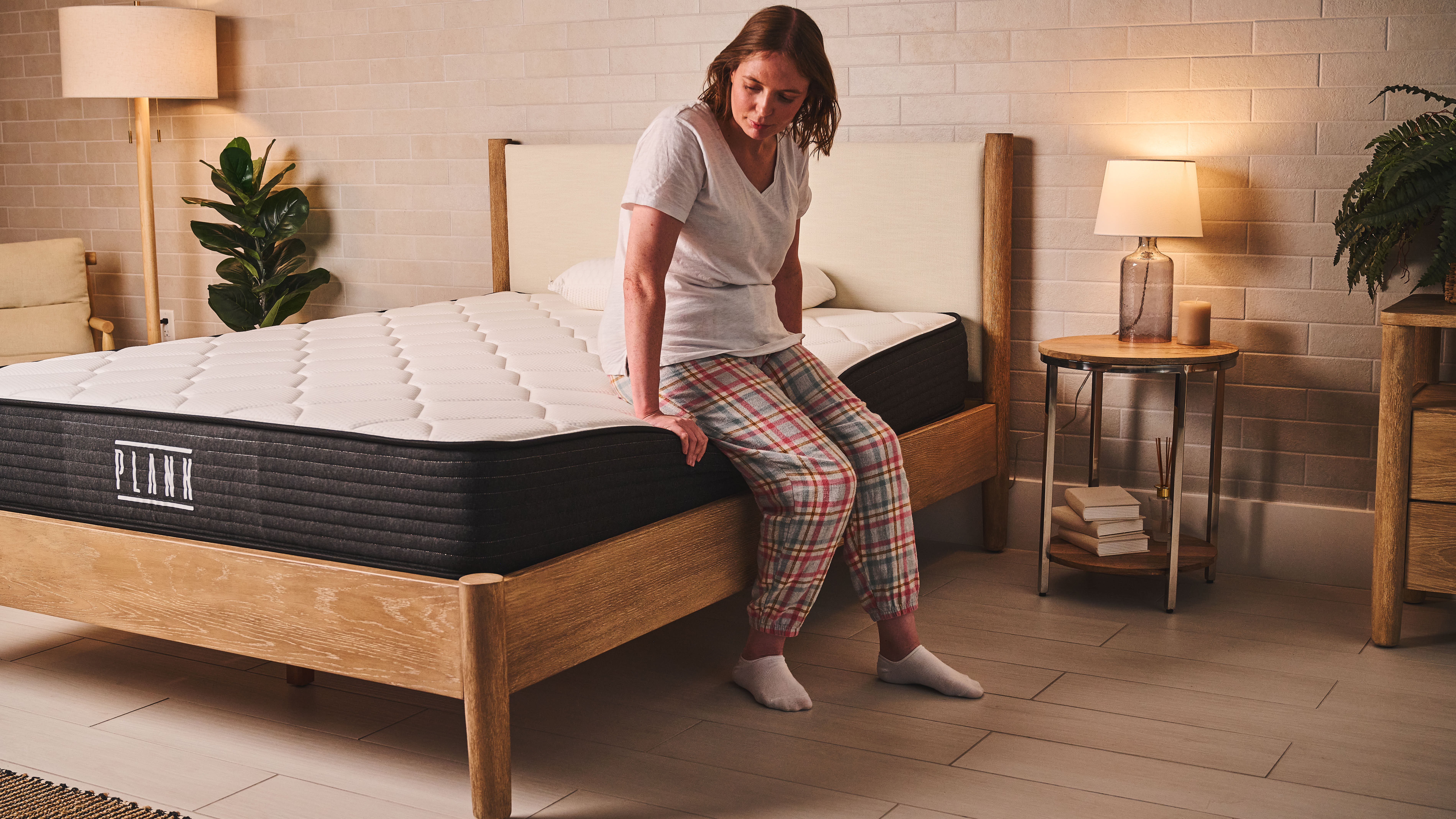
2. Temperature regulation
Memory foam is known for trapping heat, but the good news is that many modern memory foam mattresses are made with advanced cooling features to help reduce this common issue.
Look for beds with gel-, graphite- or copper-infused foam, since these materials naturally dissipate heat for a cooler sleeping experience. Open-cell or perforated foams also promote airflow and help circulate air through the bed.
Some memory foam mattresses also have cooling covers made out of breathable materials like Tencel, knit or bamboo, often available as an optional upgrade. These are great features to look for if you’re a hot sleeper or prone to night sweats.
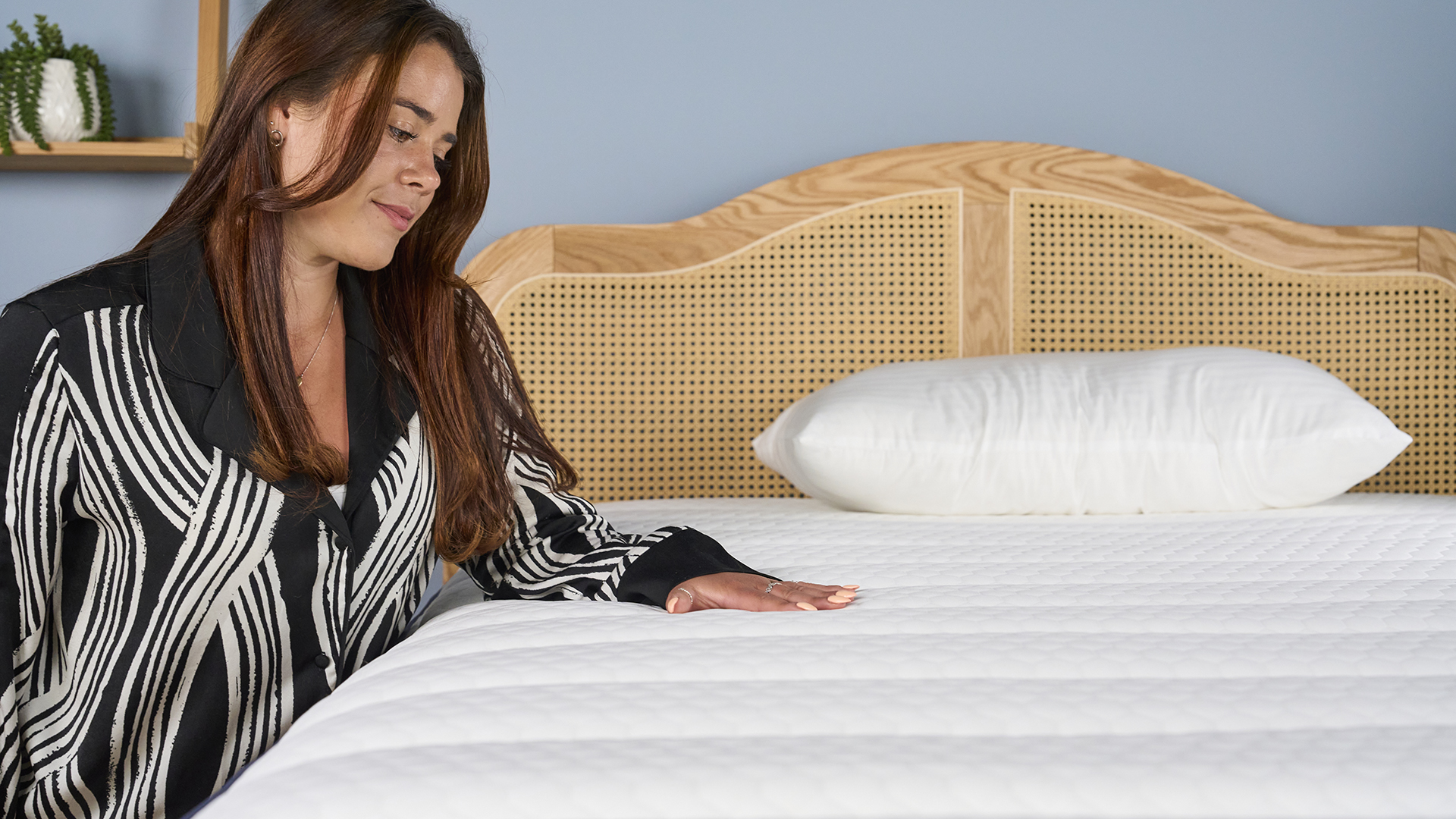
3. Choose from a reputable brand
Not all memory foam is created equal. While there are thousands of cheap foam mattresses on Amazon, buying a mattress from a trusted brand can help you feel confident in your bed’s quality of materials, construction, comfort and longevity.
Many reputable mattress retailers also offer generous warranties and sleep trials. Look for companies that offer at least a 10-year warranty, which should cover the lifespan of most mattresses, and a sleep trial of at least 120 nights (but ideally 365 nights) so you can test your mattress risk-free and guarantee that it’s the perfect fit.







